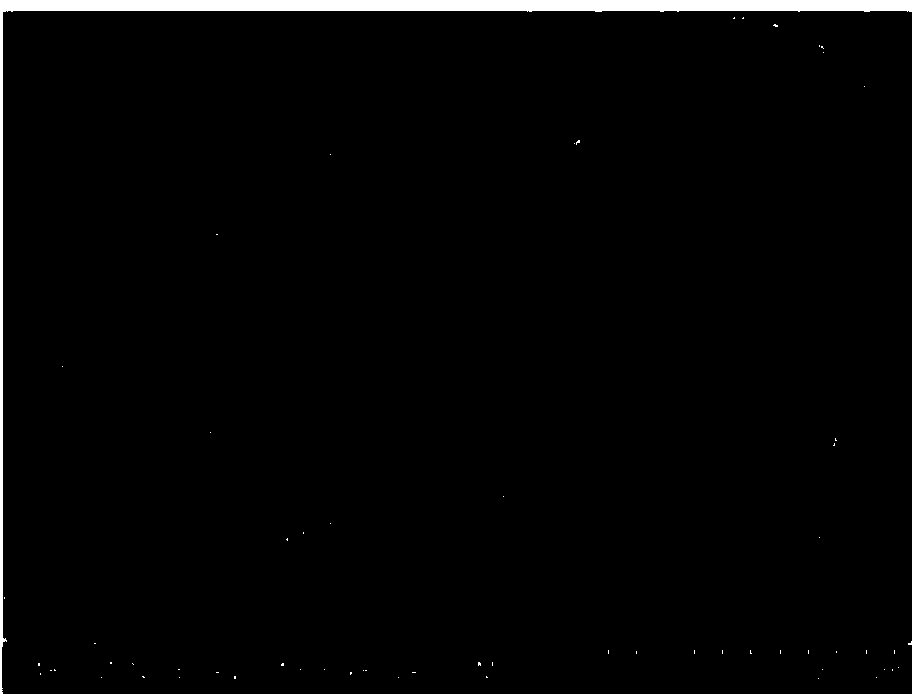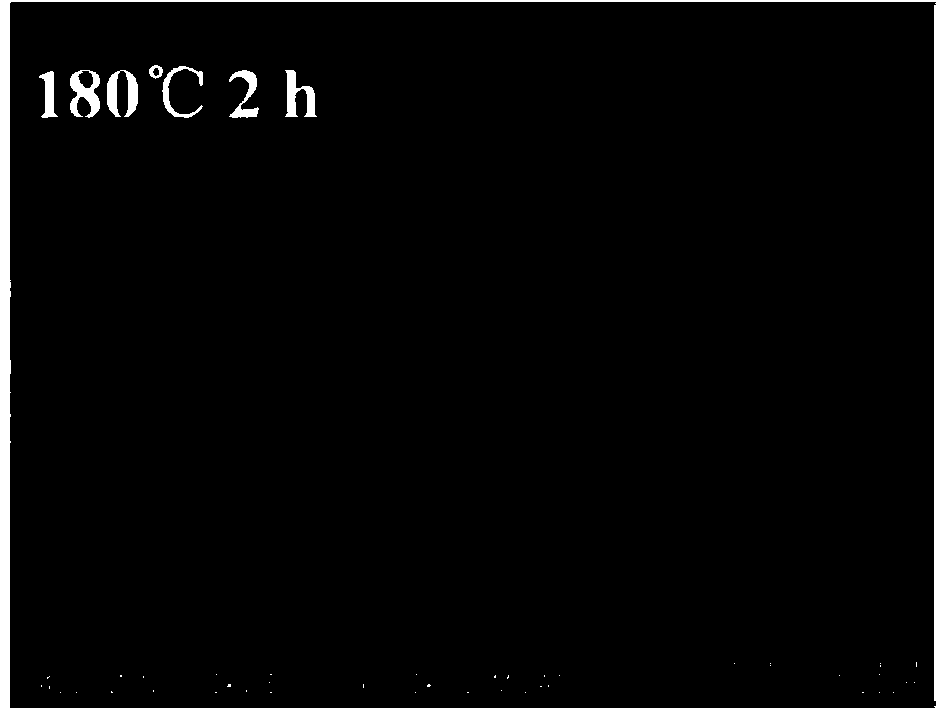Zinc oxide based composite photocatalytic nano-material and preparation method thereof
A composite photocatalysis and nanomaterial technology, applied in chemical instruments and methods, metal/metal oxide/metal hydroxide catalysts, physical/chemical process catalysts, etc., can solve problems such as unsatisfactory photocatalytic performance
- Summary
- Abstract
- Description
- Claims
- Application Information
AI Technical Summary
Problems solved by technology
Method used
Image
Examples
preparation example Construction
[0036] The zinc oxide photocatalytic nano material provided by the present invention is a material with visible light catalytic activity. The material has a sea urchin-like solid spherical shape or a sea urchin-like hollow spherical morphology, a particle size of 2–4 μm, and a specific surface area of 18.9 m 2 / g–21.8m 2 / g. The preparation method includes the following steps:
[0037] (1) Preparation of precursor solution: Dissolve zinc salt in a solvent and stir to obtain a precursor solution, in which the concentration of metal ions is 0.06mol / L–0.08mol / L;
[0038] (2) Put the precursor solution in the autoclave, seal it, and react at 140-180℃ for 1.5-9h;
[0039] (3) After the reaction, it is cooled to room temperature, the product is repeatedly washed with absolute ethanol, and dried at 60°C for 2-6 hours to obtain the zinc oxide photocatalytic nanomaterial.
[0040] The present invention adopts the following impregnation-precipitation method to prepare zinc oxide-based composi...
Embodiment 1
[0046] 2.0×10 -3 mol zinc acetate was dissolved in 35mL ethylene glycol / water mixed solvent (volume ratio 6:1) to obtain a precursor solution; the precursor solution was placed in a 50mL autoclave, sealed, and reacted at 150°C for 2h; the reaction was completed After cooling to room temperature, the product was repeatedly washed with ethanol, and dried at 60°C for 2 hours to obtain a sea urchin-like solid zinc oxide microsphere structure with visible light catalytic degradation of dye wastewater. The microstructure of the product is as follows figure 1 Shown. The specific surface area is about 18.9m calculated by nitrogen adsorption / desorption curve test 2 / g.
Embodiment 2
[0048] Using the process in Example 1, the reaction time is increased to 9 hours, and sea urchin-like ZnO microspheres can also be obtained, such as figure 2 As shown, at this time, a hollow structure is formed inside the microsphere. The specific surface area is about 21.8m calculated by nitrogen adsorption / desorption curve test 2 / g.
PUM
| Property | Measurement | Unit |
|---|---|---|
| specific surface area | aaaaa | aaaaa |
| specific surface area | aaaaa | aaaaa |
| specific surface area | aaaaa | aaaaa |
Abstract
Description
Claims
Application Information
 Login to View More
Login to View More - R&D
- Intellectual Property
- Life Sciences
- Materials
- Tech Scout
- Unparalleled Data Quality
- Higher Quality Content
- 60% Fewer Hallucinations
Browse by: Latest US Patents, China's latest patents, Technical Efficacy Thesaurus, Application Domain, Technology Topic, Popular Technical Reports.
© 2025 PatSnap. All rights reserved.Legal|Privacy policy|Modern Slavery Act Transparency Statement|Sitemap|About US| Contact US: help@patsnap.com



